
OR
#Editorial
Ensure meaningful presence of women in all sectors
Published On: May 7, 2024 07:40 AM NPT By: Republica | @RepublicaNepal
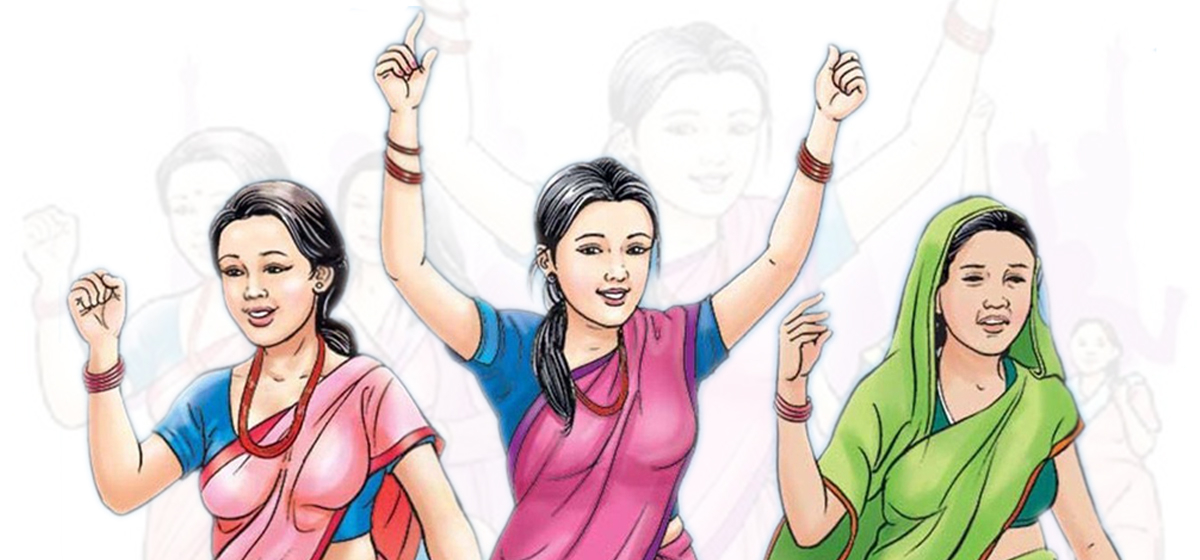
The national census conducted in 2021 shows that the population of Nepal is little over 29 million, with women constituting over 51 percent. The constitution mentions that every agency of the country will be proportional and inclusive. Therefore, the presence of women in every place should exceed half of the population for the effective implementation of the constitution. However, ironically, this constitutional provision does not seem to be implemented in practice. Nevertheless, not all places are disappointing for women. The presence of women in the dental field is encouraging. Out of 2,308 doctors affiliated with the Nepal Dental Association (NDA), 1,349 are women, confirming the majority of women in this field. Statistics from related educational institutes also confirm that more female students are attracted to the field of medicine, and more recently, to dentistry. According to data from the Nepal Medical Council (NMC), out of 4,413 BDS doctors, 2,791 or 63.24 percent are women. Similarly, according to the Nepal Nursing Council (NNC), out of 73,389 nurses, all except 125 are women.
Medicine is more of a service-related field than a purely commercial one. Many consider this field only in terms of technology and health, but it also involves social, psychological, and hospitality aspects. Not only speech, manners, and politeness but also gentleness and the ability to understand are essential qualities in this field, which are comparatively more prevalent among women. Therefore, the increasing presence of women in the medical field is also a matter of happiness for patients, as those who possess a spirit of service from within can significantly contribute to a patient's treatment through their simple and caring behavior. This is good news for everyone. There are other areas in Nepal where women have recently made significant strides. For example, among the central level universities of the country, there are more females than males among the students studying in Tribhuvan University, Purbanchal University, Far-West University, and Mid-West University. Similarly, at another province level university — Gandaki University—there are more females than males. Moreover, there are more women in health insurance and those registering themselves as unemployed to get a job under the Prime Minister's Employment Program. Therefore, not all areas are dark for women; there are many promising areas. It is undeniable that the number of places where we can expect more women participation is increasing. The state is continuing the practice of making constitutional provisions practical through various laws, including the implementation of 'positive discrimination' to make civil service inclusive and proportionate. Under this policy, certain positions are reserved exclusively for women, contributing to the gradual increase in the number of women in the civil service as well.
The governance of the country has long been plagued by accusations of being dominated by a single community, class, region, geography, and caste. One of the main objectives of various political movements at different times was to break this hierarchy. Apart from that, movements in different forms and names also demanded the removal of this inequality. This is the main reason for the increasing presence of women in every field, including among the disabled, Dalits, backward areas, and traditionally marginalized groups. Various civil society organizations have played a significant role in lobbying for this cause. While the number is one aspect, the more important aspect is 'meaningful presence.' Now, women are seen in community forest users groups, school management committees, health posts, and other monitoring committees, as well as in consumer committees related to construction/repair work. It cannot be forgotten that the increase in the number of women is due to the awareness among women, the lobbying done by various agencies, and the legal/statutory arrangements put in place to ensure that women are not left out. However, the role of some women placed in these positions is limited to witnessing decisions and signing documents. Therefore, the next step is to make their role effective, whether during the construction of a village bridge or while wearing an apron during surgery. Qualitative progress is not possible if we are only satisfied merely with their presence.
You May Like This
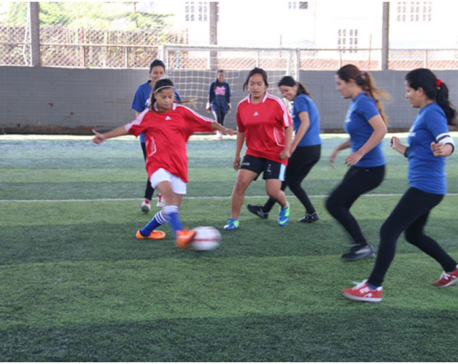
Futsal for the women, by the women and of the women!
KATHMANDU, March 19: WE United Project launched the Mahila Premier League (MPL) on March 18 at Grassroots Recreational Center in Mandikhatar. ... Read More...

National census begins: 50 percent of 44,000 enumerators are women
KATHMANDU, Nov 11: The national census is starting from Thursday across the country. The census is conducted every 10 years.... Read More...
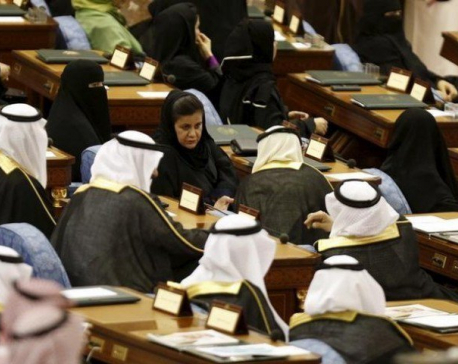
Saudi women join forces to champion the changing role of women
RIYADH, March 9: In Saudi Arabia, a group of women are preparing an unusual event to mark International Women’s Day... Read More...
Just In
- Govt introduces 'National Startups Policy, 2080' to boost entrepreneurial growth with tax waivers
- KMC begins PSC exam preparation classes with 177 participants
- National Assembly session postponed till 3:15 PM today
- Bagmati govt to table its policies and programs on May 27: Speaker Pathak
- Police constable murder case: Identities of arrested revealed
- HoR meeting set for 2 PM today
- Seven arrested on charge of murdering police constable
- Two youth drown in river in Tanahun



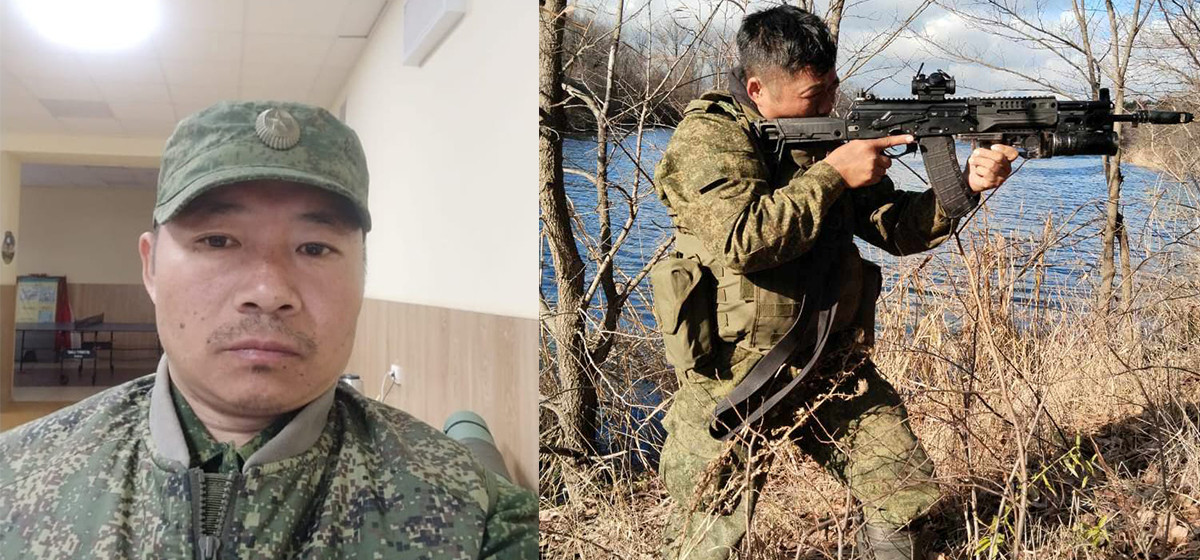

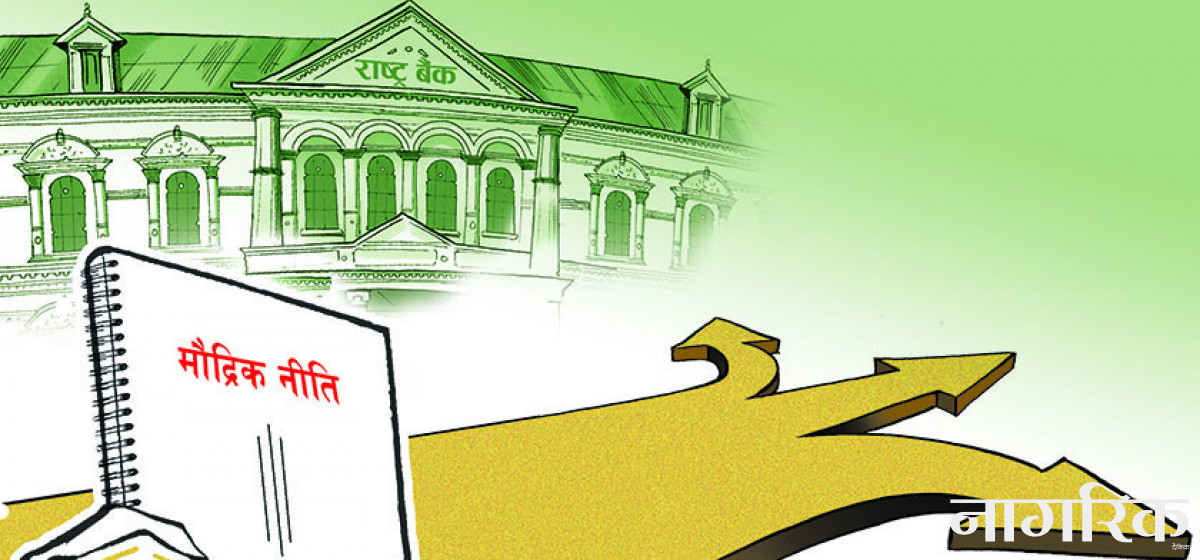

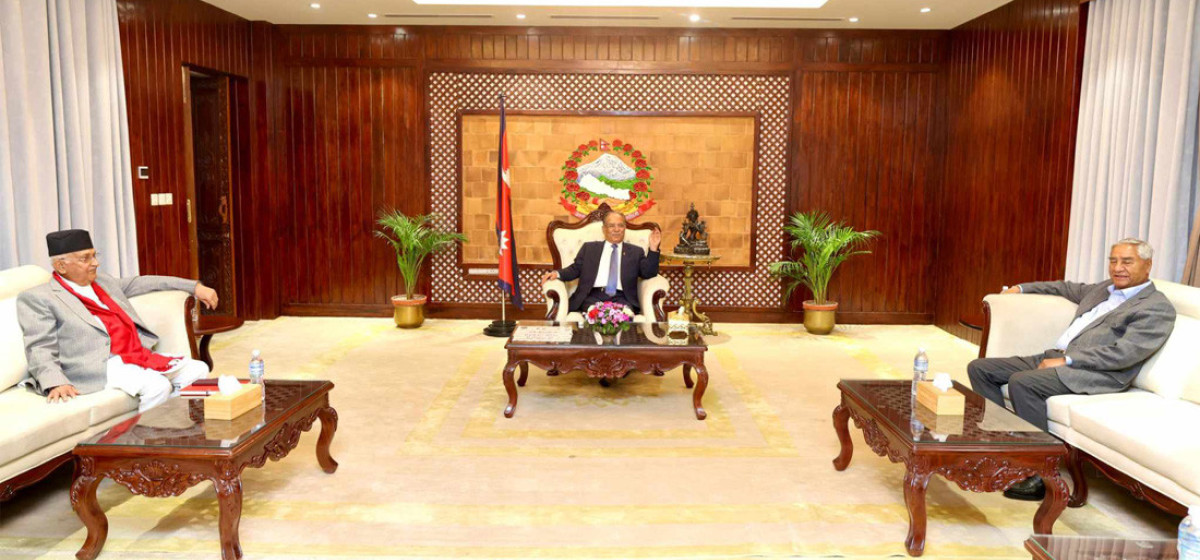

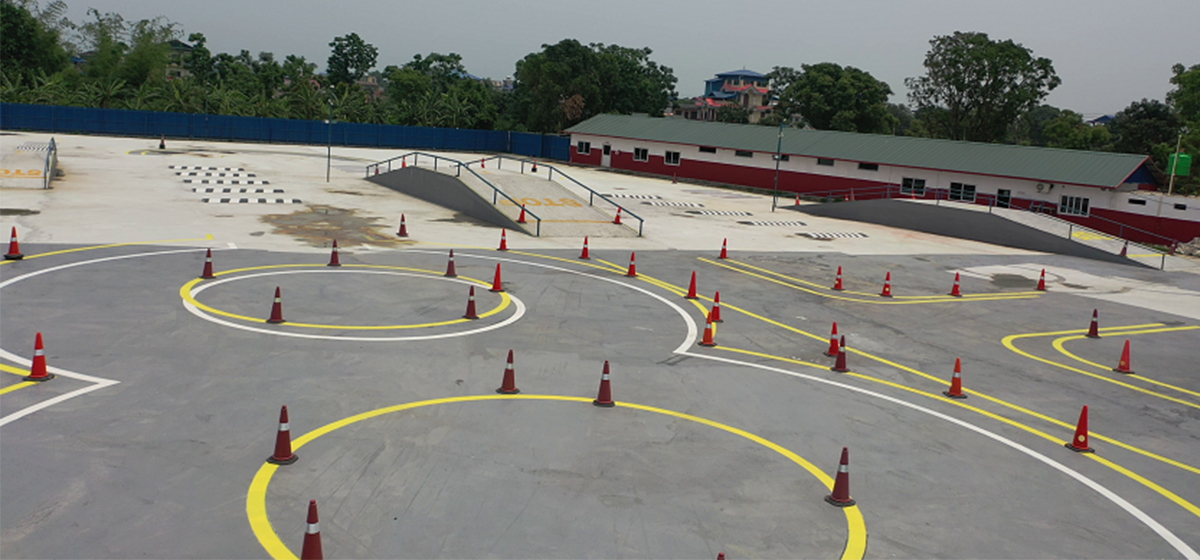
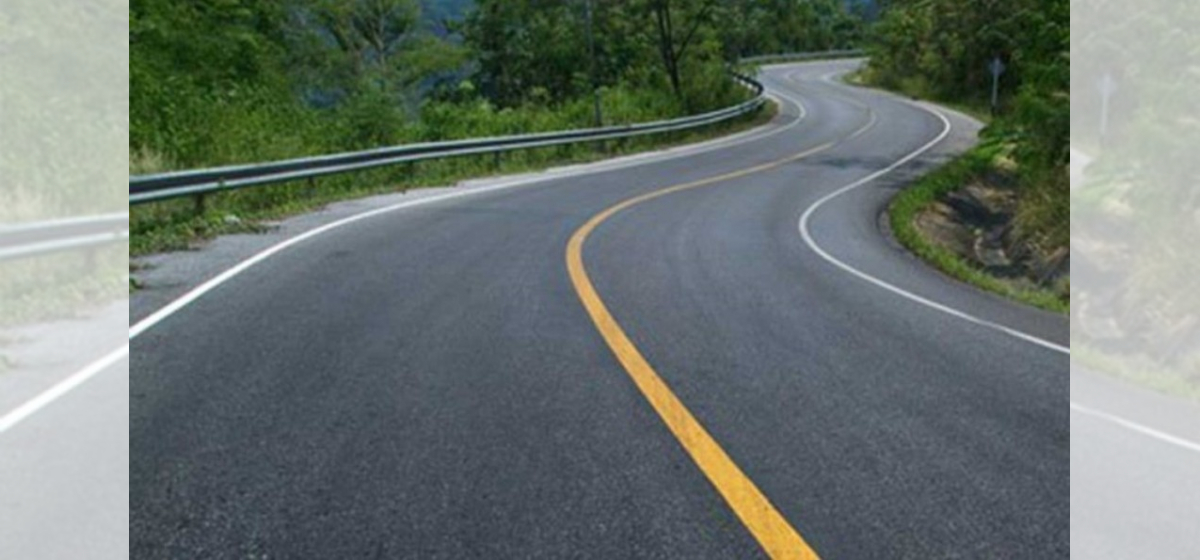


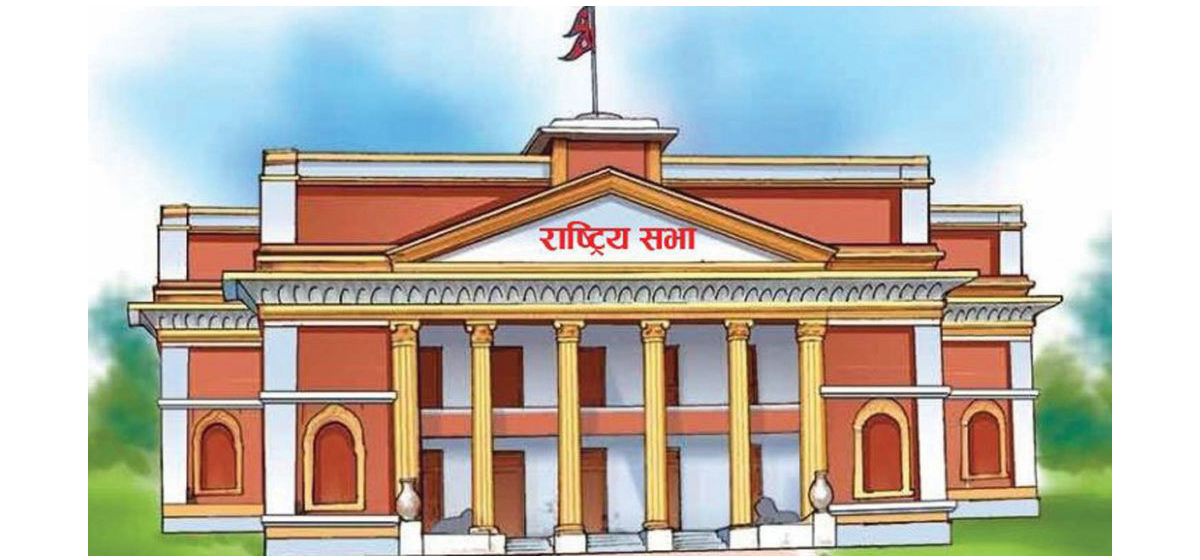

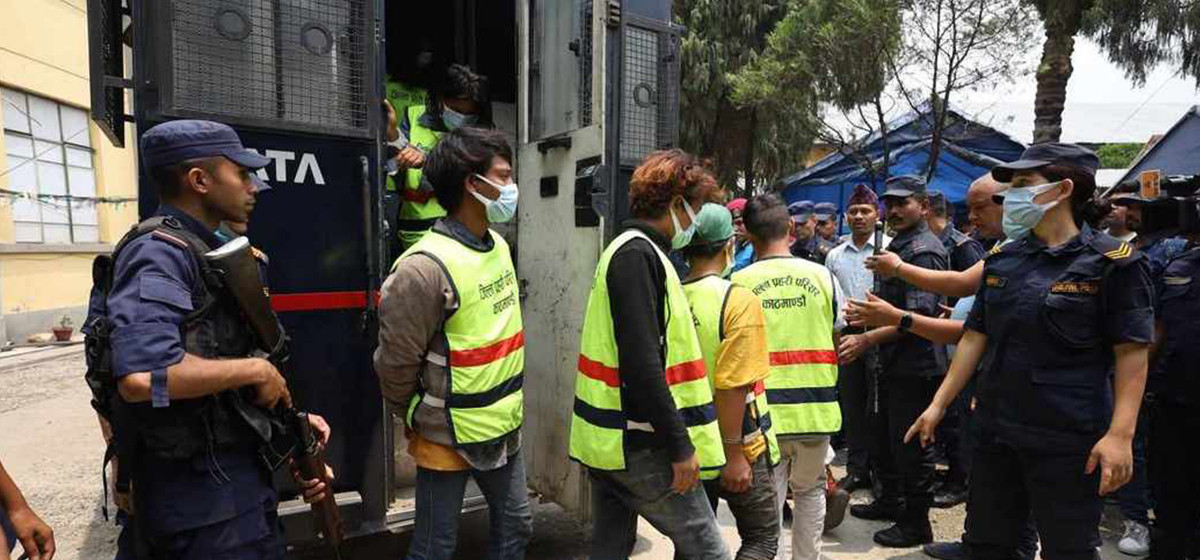
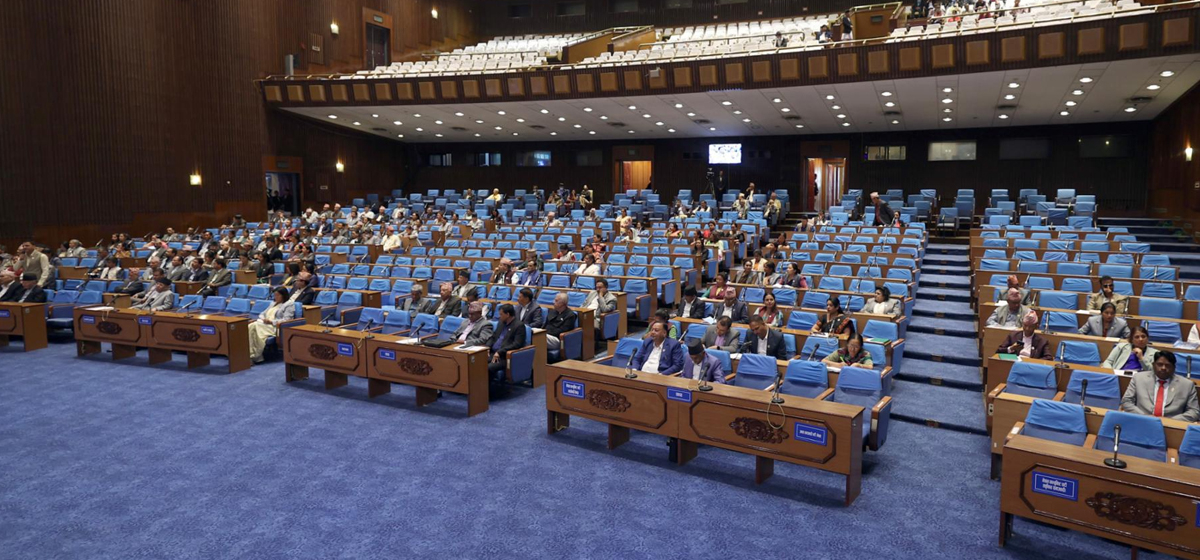
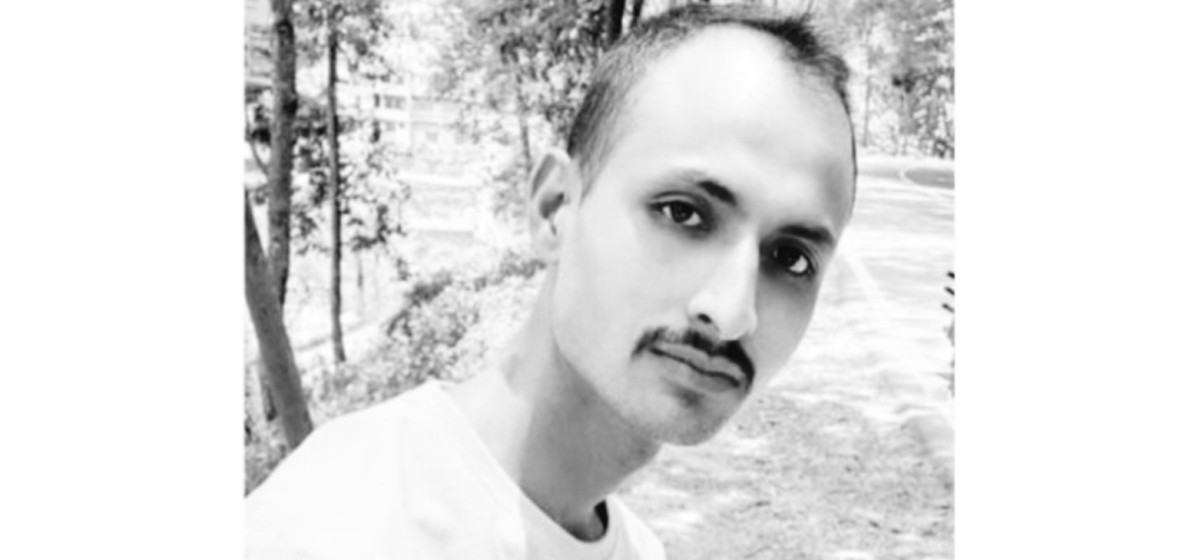

Leave A Comment